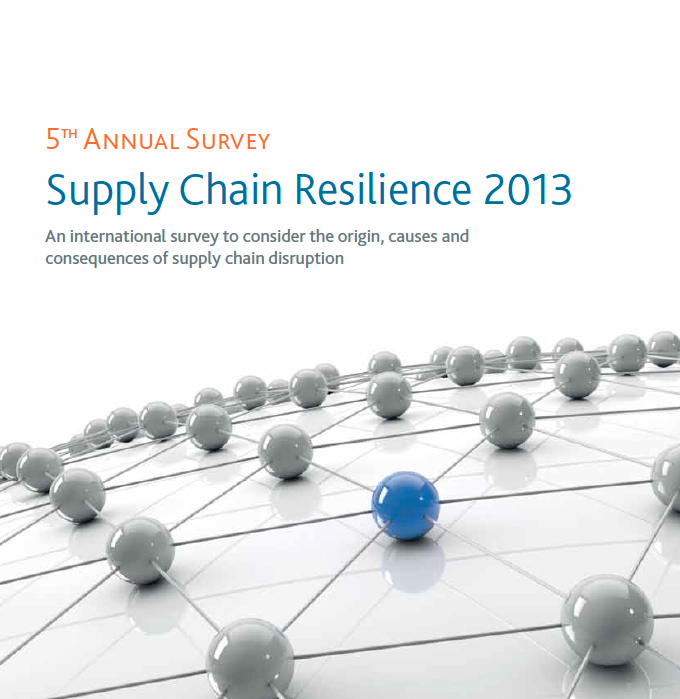Supply Chain Resilience

“No man is an island”, wrote the 16/17th century English poet John Donne and the same can be said for organisations and nations today. In the world that John Donne inhabited change of significance yet to be appreciated was on its way as nations strove to discover new oceans, lands and trade routes in an attempt to capitalise on their commercial value, including discovering routes to the lucrative spice markets. This struggle pitted established giants, such as Spain and Portugal, against each other but interestingly allowed others, such as the relatively insignificant English, the chance to exploit the weaknesses and misfortunes of the larger nations. Nations that failed to do so or experienced loss in their trading networks became insignificant or were swallowed up.
Ever since then the dependence of nations, societies and people on trading networks has deepened. In the modern era no business survives in isolation and success is often more about how you do things, through those trading networks, than it may be about what you provide. However in other ways, just like 16/17Th century nations, modern businesses are vulnerable to disruptions to those trading relationships. It may no longer come in the form of buccaneers or gentlemen pirates but, as we have seen recently, age long risks to business and commerce such as volcanoes and tsunamis remain with us. Add to those the modern threats from cyber attacks, power outages or fuel shortages and it may be said we in the 21stcentury have as a result more to concern ourselves with. Recently the Business Continuity Institute published its 5th report into supply chain vulnerability. Read these findings from that report and consider how they apply to you:
- 75% do not know what their supply chain looks like yet the same amount experienced a disruption in the previous year.
- 42% of disruptions in the supply chain occur in your supplier’s supplier yet they impact you.
- 15% had a disruption that cost over €1M.
- Of those suffering a disruption 41% had customer complaints and 55% lost productivity.
- Roughly a quarter of those experience disruption felt it negatively impacted upon reputation and caused shareholder concerns.
- Major risks reported included severe weather, earthquake/tsunami, fire, currency volatility, terrorism, illness, animal disease, financial pressures, IPR violation, data breach, cyber attack and telephone outage.
Before you run off to build strategies for supply chain resilience you firstly need to appreciate the nature of the problem. If you don’t know what your key services and products are and if you have no idea on the supply chain that enables their delivery then you can’t focus your efforts on where you may be most vulnerable. So use a Business Impact Analysis to inform the selection of the critical supply chain paths as a starting point. Don’t forget to engage with your suppliers as part of the solution. That may be through agreed SLAs or simply by educating them as to your needs/expectations. In those cases where this can’t happen or does not remove the risks then look at alternative plans for gaining access to the goods and services you require. This may require additional or alternative sources to be identified and it may come at a costs. When assessing this make sure you consider the cost of suffering a disruption.
